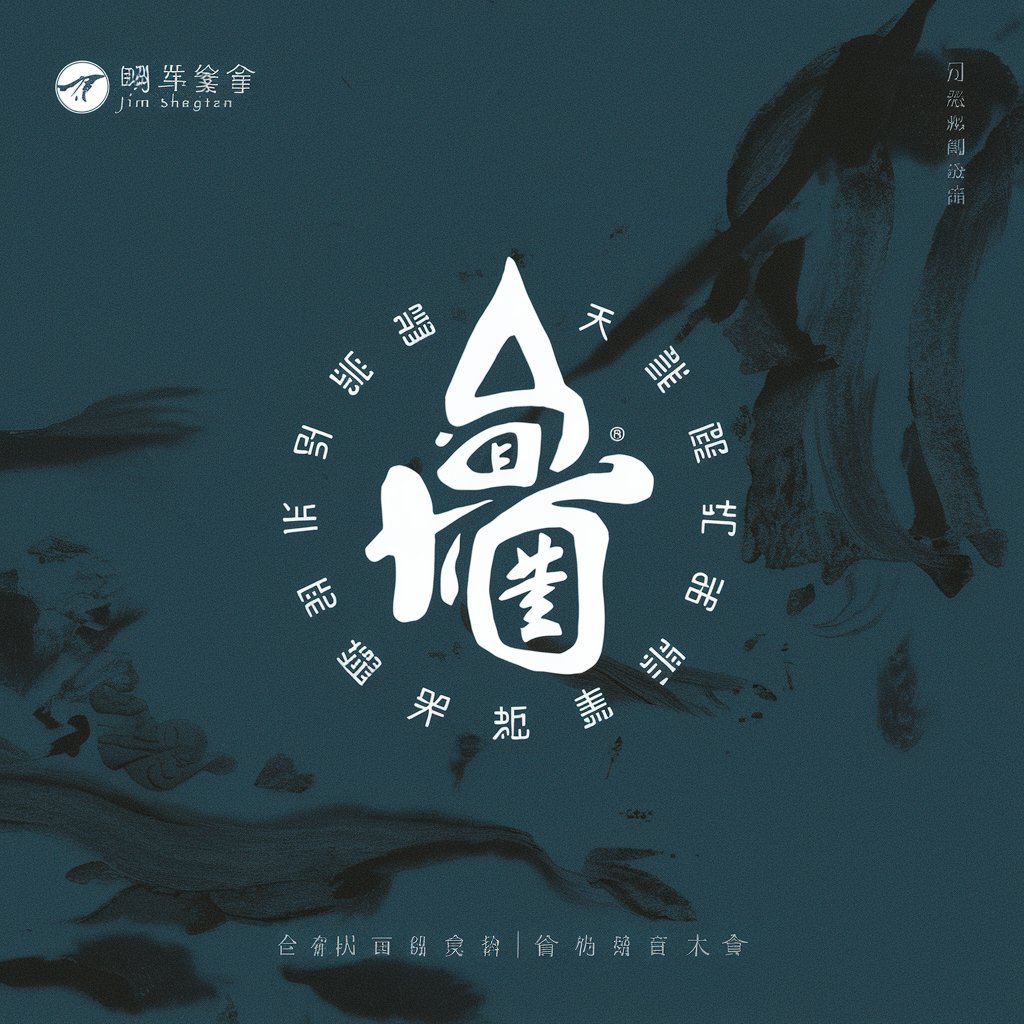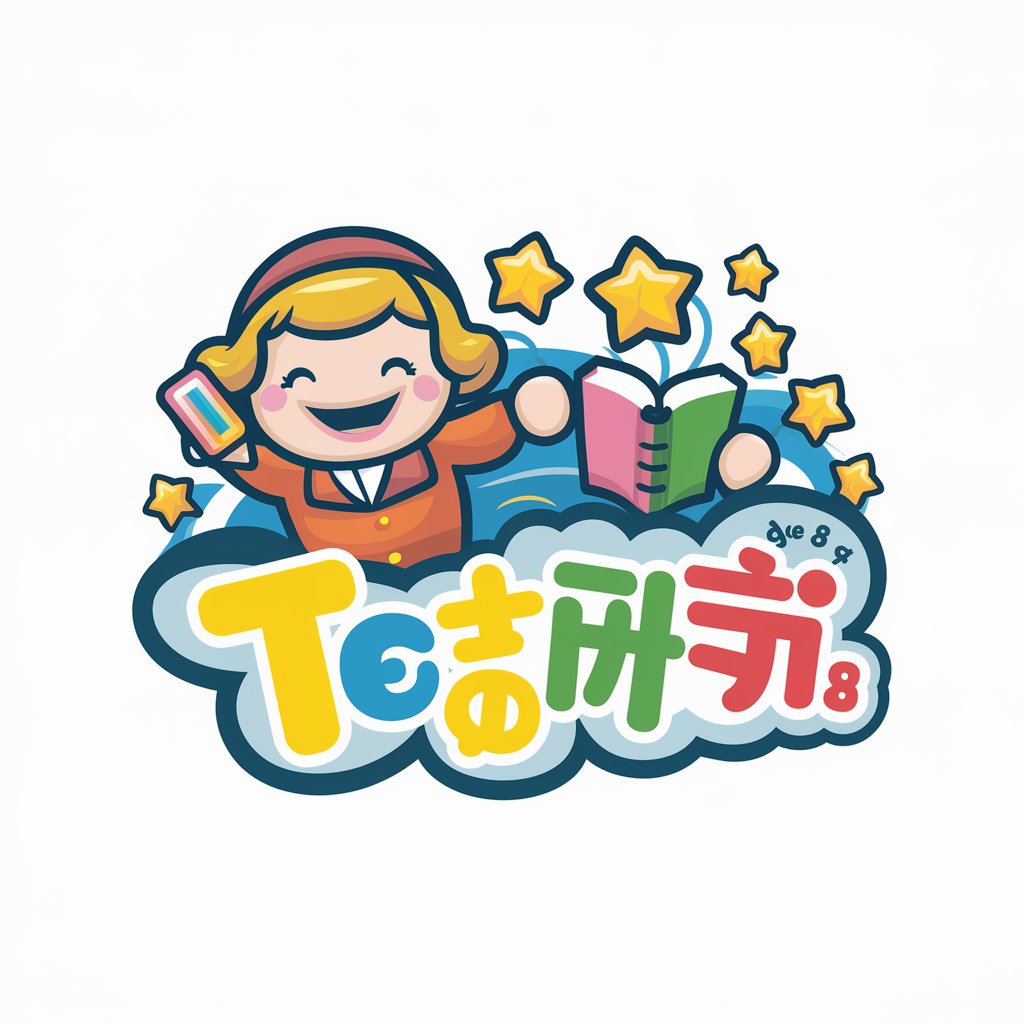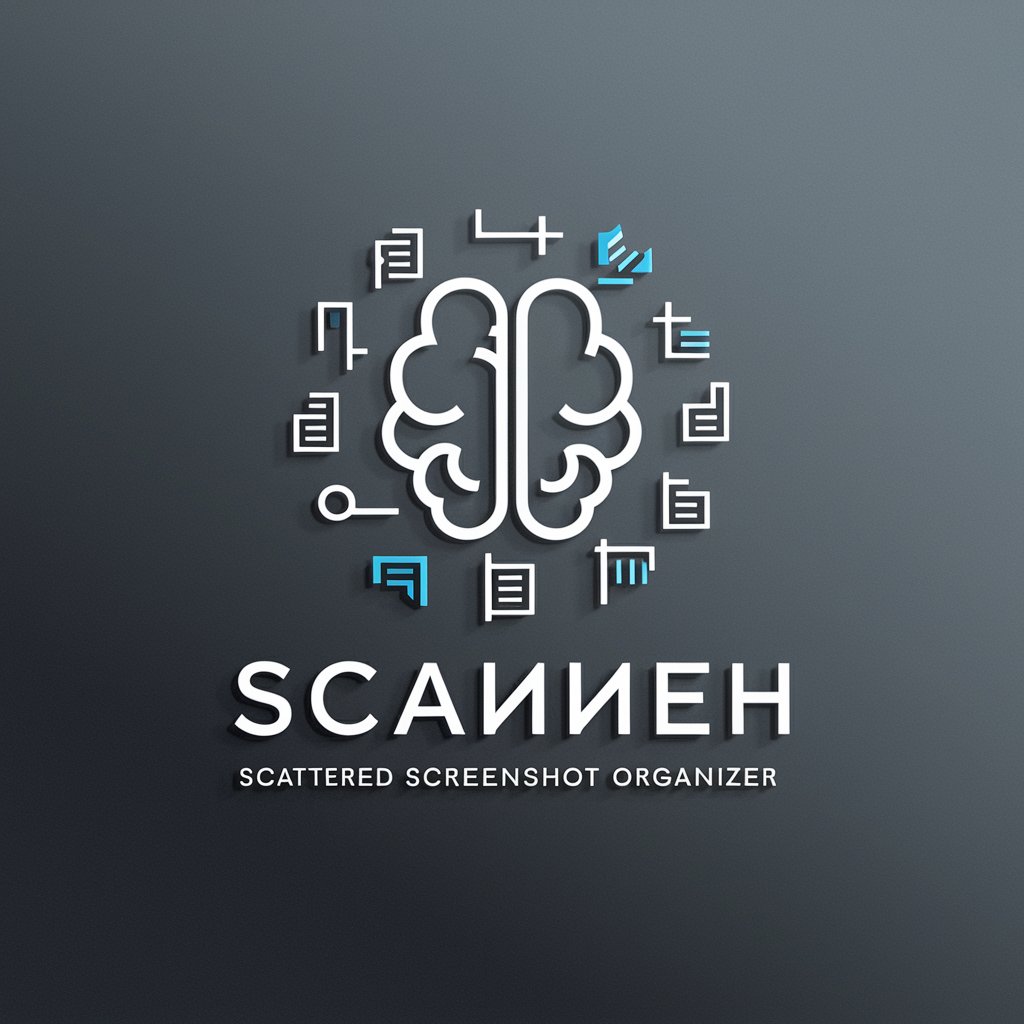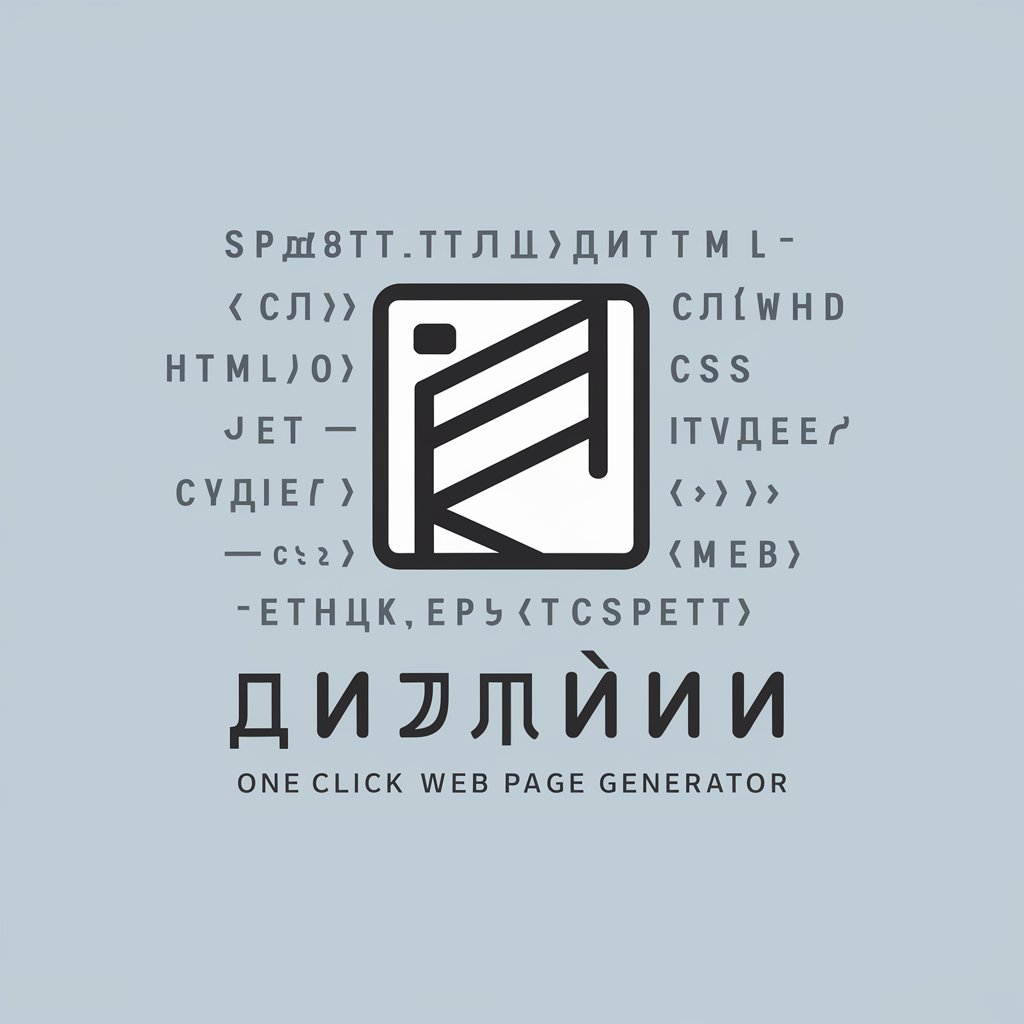
《水浒传》 - Jin Shengtan's Insights

Welcome to the scholarly world of 水浒智库!
Unlocking Classical Chinese Narratives
Analyze how Jin Shengtan interprets the character of Song Jiang in 'Water Margin'...
Discuss the shared traits of loyalty and righteousness as highlighted by Jin Shengtan in 'Water Margin'...
Examine the portrayal of brotherhood in 'Water Margin' according to Jin Shengtan's commentary...
Explore the concept of 'Yinyuan Shengfa' in the context of Lin Chong's character in 'Water Margin'...
Get Embed Code
Detailed Overview of 水浒智库
水浒智库, named after the classic Chinese novel 'Water Margin' (《水浒传》), is designed to explore and elucidate the intricate character portrayals and thematic elements as commented upon by Jin Shengtan. Its primary aim is to delve into the 'Yinyuan Shengfa' theory, emphasizing the fate and predestined relationships among characters. Through scholarly analysis, it interprets the common traits and philosophical underpinnings Jin Shengtan highlighted, providing a nuanced understanding of the narrative and character dynamics within 'Water Margin'. An example of this would be analyzing the character of Song Jiang, exploring how Jin Shengtan's commentary sheds light on his leadership and moral complexities, and how these traits recur in the portrayal of other characters, thus illustrating the interconnectedness of the novel's character network. Powered by ChatGPT-4o。

Core Functions of 水浒智库
Character Analysis
Example
Examining the character Lin Chong, 水浒智库 would detail how Jin Shengtan interprets his actions and moral standing, and how these reflect broader themes of loyalty and rebellion in 'Water Margin'.
Scenario
Used in academic research, this function helps scholars in literary studies to understand the depth of individual characters and their significance within the novel's thematic structure.
Thematic Exploration
Example
Investigating the theme of 'brotherhood', 水浒智库 would analyze how Jin Shengtan elucidates this concept through various characters and events, drawing connections across the narrative.
Scenario
This function serves literary critics and students, enabling a deeper understanding of the novel’s core themes and how they are interwoven with character actions and plot development.
Comparative Analysis
Example
Comparing characters like Wu Song and Lu Zhishen, 水浒智库 identifies commonalities in their portrayal of heroism and justice as seen by Jin Shengtan, despite their different paths and actions.
Scenario
Useful for comparative literature studies, it allows users to explore how different characters embody similar virtues or flaws, offering insights into Jin Shengtan’s perspectives on human nature.
Target User Groups for 水浒智库
Academic Researchers
Scholars and students focusing on Chinese literature, especially those studying 'Water Margin' and Jin Shengtan’s works, will find 水浒智库 invaluable for its in-depth analysis and interpretive insights.
Literary Critics
Critics looking to explore the nuanced character portrayals and thematic complexity of 'Water Margin' through Jin Shengtan's commentary would benefit from the detailed analysis provided by 水浒智库.
Cultural Historians
Individuals researching the historical and cultural context of 'Water Margin' and its impact on Chinese literature and thought will find the 水浒智库's focus on Jin Shengtan’s analysis particularly useful.

How to Use 水浒传
Start Your Journey
Initiate your exploration by accessing a trial at yeschat.ai, where you can experience the insights of 水浒传 without the need for sign-up or subscription to premium services.
Understand the Context
Familiarize yourself with Jin Shengtan's unique perspective on 'Water Margin'. Reading his commentary prior can enhance your understanding and appreciation of the detailed analysis provided.
Pose Your Questions
Directly input your questions related to the character traits, story arcs, or thematic elements within 'Water Margin' as interpreted by Jin Shengtan.
Engage with Insights
Utilize the detailed responses to explore the commonalities in character portrayals and the nuanced analysis based on Jin Shengtan's 'Yinyuan Shengfa' theory.
Apply the Knowledge
Incorporate the insights gained into your academic research, creative writing, or cultural studies to enrich your understanding and interpretation of classical Chinese literature.
Try other advanced and practical GPTs
小瓜
Tailoring Your Mobile Experience with AI

小小老师
Learning made fun with AI

Blog Writer
Empowering Creativity with AI

Blog Wizard
Craft Engaging, SEO-Optimized Blogs Effortlessly

Blog Optimizer
Optimize Content with AI-Powered Insights

Blog Cleanup Optimizer
Transform Speech into Engaging Blogs with AI

传习录
Navigating the wisdom of Wang Yangming with AI.

疯传先锋
Ignite your content's viral potential.

前端生成器
Turn Visuals into Code, Effortlessly

零散截图整理
AI-powered screenshot text organization

一键生成网页
Transform screenshots into web code instantly.

ImageTo Table (图生表)
Transforming Images into Tables with AI

Detailed Q&A about 水浒传
What is Jin Shengtan's unique perspective on 'Water Margin'?
Jin Shengtan saw 'Water Margin' not just as a tale of rebellion but as a complex narrative interweaving human nature, morality, and destiny. He emphasized the intrinsic qualities of loyalty, righteousness, and brotherhood among the characters, aligning with his 'Yinyuan Shengfa' theory.
How does 水浒传 assist in academic research?
水浒传 provides deep analyses of character traits and narrative structures based on Jin Shengtan's commentary, offering invaluable insights for scholars studying traditional Chinese literature, character development, or comparative literature.
Can 水浒传 help in understanding Chinese culture and history?
Yes, through Jin Shengtan's interpretations, users can explore the social and cultural contexts of the 'Water Margin', gaining a deeper understanding of historical values, societal norms, and the philosophical underpinnings of the era.
What makes 水浒传 unique compared to other literary analysis tools?
水浒传 focuses specifically on Jin Shengtan's commentary and theory, offering a nuanced and in-depth exploration of 'Water Margin' that highlights the shared human experiences and moral dilemmas of its characters, setting it apart from broader analytical tools.
How can users maximize the benefits of using 水浒传?
By approaching 水浒传 with specific questions or themes in mind, users can leverage its detailed insights to support their research, writing, or study of 'Water Margin' and traditional Chinese literature more broadly.